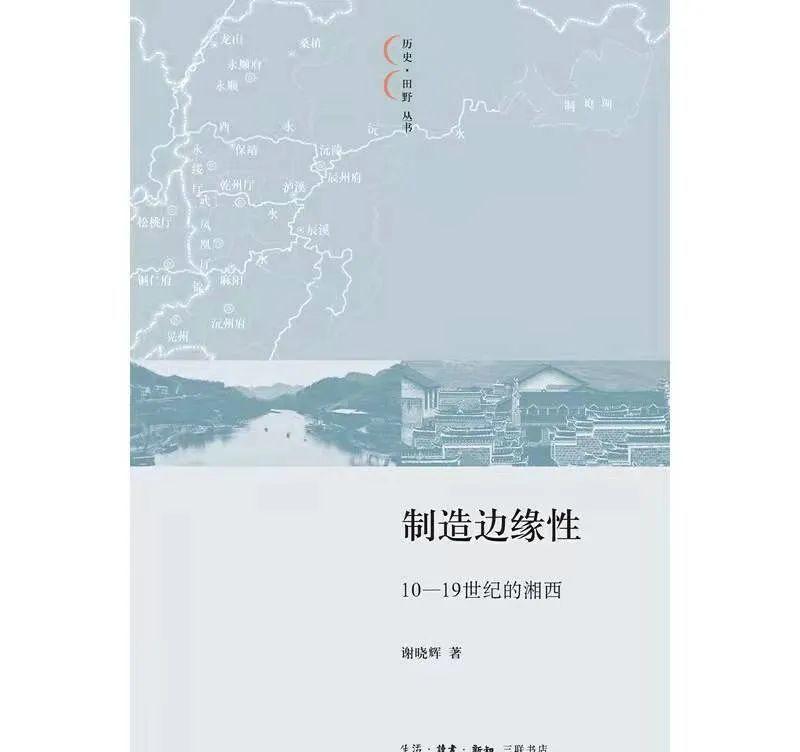A book a day

Synopsis
Xiangxi is located in the heart of China, why was it regarded as a "border city" until the Republic of China? After interacting with Huaxia for thousands of years, why is it not attached to Huaxia and is still the "edge" of Huaxia? What is the historical process and mechanism? China has created a miracle in the history of human civilization: a large number of people and a complex nation have achieved political unity and civilization continuation in a vast area. Then, how can the southwest region, which has complex ecology and livelihood and rich ethnic groups and cultures, be able to accommodate a large number of frontier and Chinese margins after integrating into the unified Chinese order, while maintaining a strong identification with China and the Chinese nation, becoming a successful model for the central dynasty's integration of border ethnic areas? In this regard, it is necessary to reflect on the explanatory framework based on the modern nation-state and to transcend the inertia of traditional Chinese historical writing. The Xiangxi case vividly demonstrates the importance of examining the "Southwest Tradition" and the manufacturing and operation of "marginality" by different groups of people under this tradition to re-understand the social integration of Southwest China and even China.
directory
General Introduction to the Series Towards the Historical Scene Chen Chunsheng I
Chapter 1 Marginality and the Integration of Southwest China 1
Section 1 Questions and Ideas 1
Section 2 Xiangxi, Research Materials and Methods 15
Section III Chapter Structure 25
Chapter 2 The Edge of Ambiguity: The Descendants of pans who are near and far away 28
Section 1 From Wuling Man to Pan Bao Man and Ruyi King 29
Section 2 China's Unruly Invasion of Siyi: The Southern and Northern Rivers of the Song Dynasty 44
Summary 59
Chapter Three: Whose Expansion: Toast, Miao Chaos, and the Fort Sentry Border Wall 62
Section 1 The Development of a New Pattern: The Introduction of the Toast System in the Yuan Dynasty and the Opening of New Roads 63
Section 2 People, Army, Natives, or Miao: Dynastic Expansion in the Southwest Pattern of the Late Yuan and Early Ming Dynasties 69
Verse 3 Only if the thief is there, will he be willing to destroy the thief: Miao Territory And Miao Chaos under the Defeat of the WeiShou 78
Section 4 Expansion of dynasties? Toast and Miaojiang's Fort Sentry, Border Wall 87
Summary 97
Chapter FOUR: The Quest for Different Orthodoxies: Marriage and Alliances and Genealogical Inheritance 101
Section 1 Contest: The Chinese Name, Marriage and Alliance of Toast 104
Section 2 Restructuring: The Creation of the Temple of the Literati and Poets, Silver and Toast 117
Section 3 The Earth King, the King's Ghost, and the Ancestors: The Power Structure and Ceremonial Order of the Toast/Earth King 135
Summary 145
Chapter Five: The Same Journey? The Practice of Returning Land to The Flow and Opening Up the Miao Frontier 149
Section I Empire: Local Administrative Mechanisms in Comparative Perspective 150
Section 2 Official Law and Miao Practices - Law and Etiquette in MiaoJiang 161
Section 3 Border Walls and TunZheng: The Reform of the Land System in Miaojiang 170
Summary 182
Chapter VI Etiquette and Orthodoxy: The Development and Cultural Identity of the Miao District from the Perspective of the White Emperor 185
Section I: Text and Oral Transmission: The Looming Feminine Tradition 188
Section 2 Han Surnames and Tu Chieftains: The Yang Clan of Miao Province under the Ming Empire System 198
Section 3 Gods and Ancestors: The Image of the Heavenly King Before and After the Canonization of the Heavenly King and the Middle Forehead of MiaoJiang 205
Summary 218
Chapter Seven: Marginality: The Integration of Southwest Tradition with Southwest China 221
Main bibliography 229
1, Basic historical materials 229
II. Research Papers 235
Postscript 253